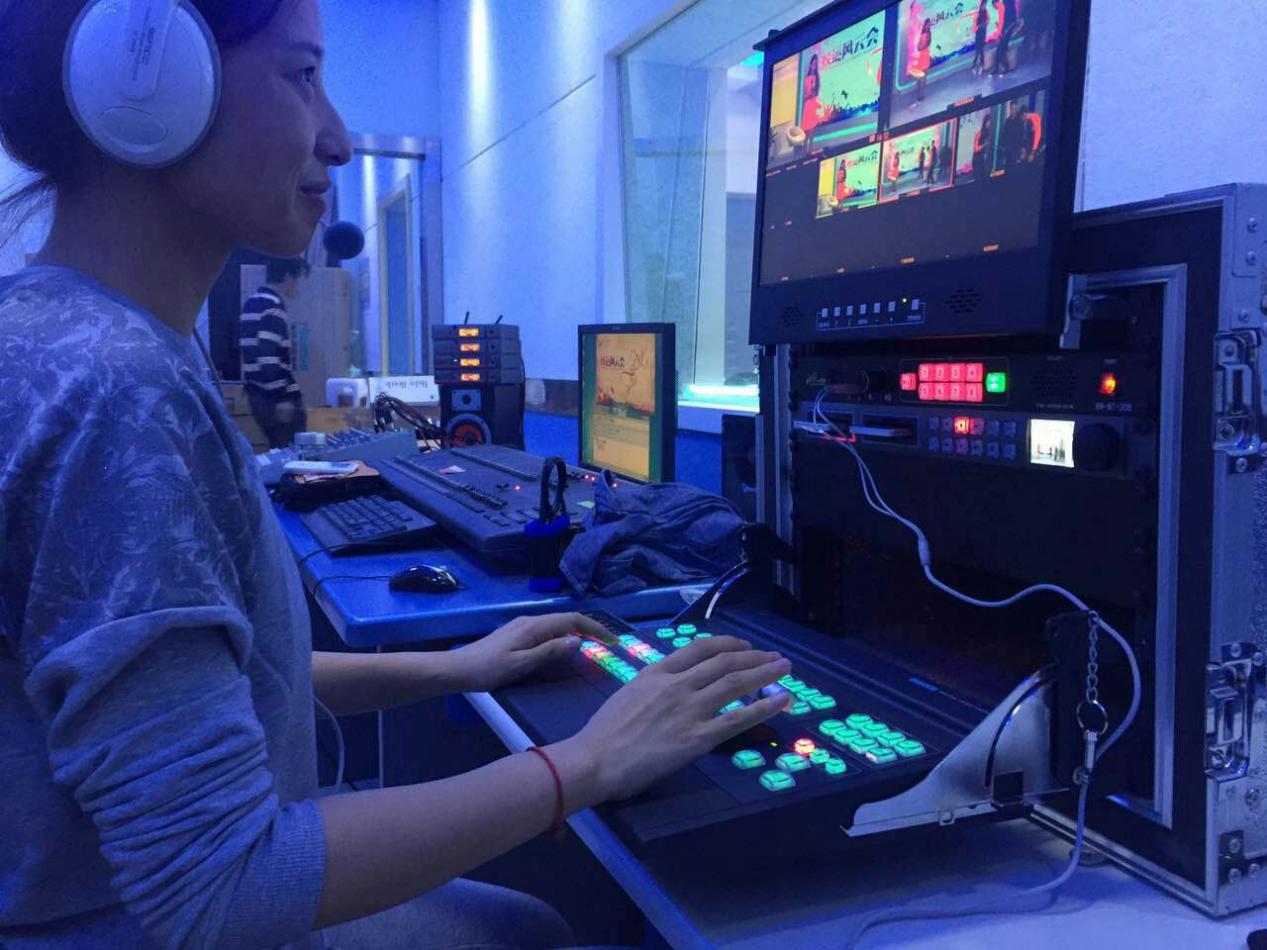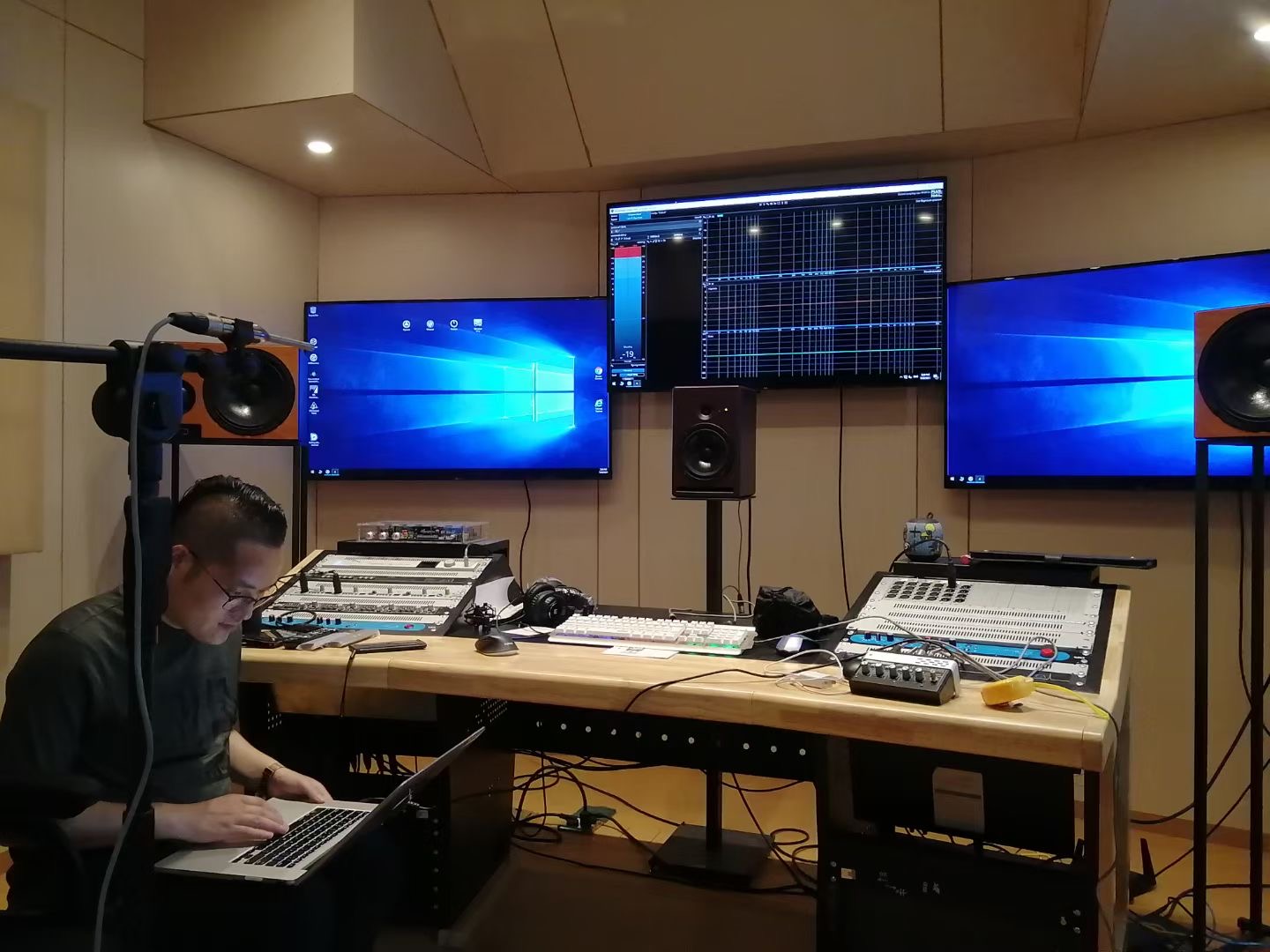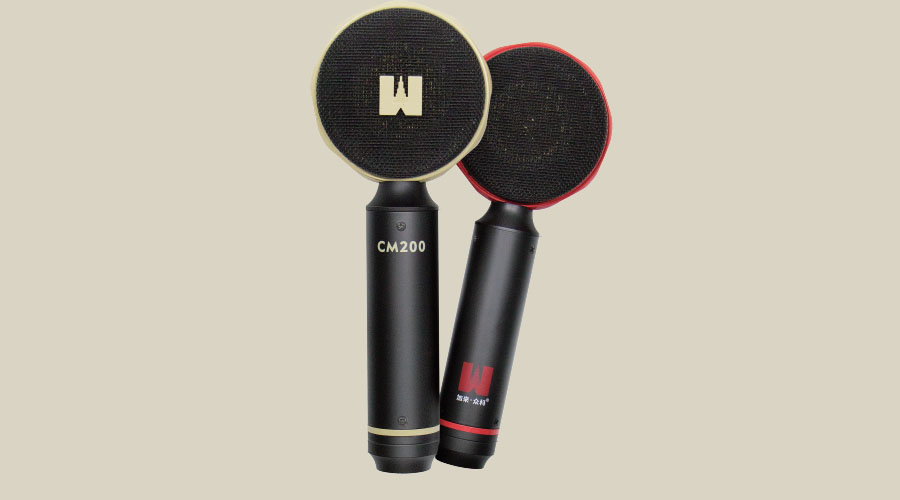Podcasting and live broadcasting are the two fastest growing areas of digital media at home and abroad. As of 2018, 48 million people in the United States alone listened to podcasts every week. In China, there are countless people who log on to major live broadcast platforms to watch live broadcasts every day. As live and podcast production continues to evolve, people are becoming more choosy about the viewing and listening experience.

In addition to the content itself, one of the most important factors in recording professional-grade podcasts and live broadcasts is the live broadcast equipment. The definition of 'great audio' can be subjective, but we ensure a clear, distortion-free, great sound with minimal ambient noise (meaning no echo or reverberation) when recording live, which is a basic requirement for professional recording. To achieve this basic requirement and even more sound effects operations, we not only have to consider many recording environment factors, such as recording experience, suitable equipment and debugging time, all of which are indispensable.
first move room layout
Let's start with the recording environment first, nothing is more terrifying than the echo recorded by the microphone when speaking loudly, then the roar of the car outside the window, and the background music can't stop the audience from knowing that your room is poorly insulated. fact. To have professional-grade audio quality, although you do not need to spend a lot of money on professional acoustic measurement instruments to transform your recording environment, it is still necessary to take into account uncertain factors such as traffic noise and other environmental noises, and take different uniform measures according to different factors. Very necessary.

The easiest way to do this is to buy some professional acoustical sound-absorbing sponges, stick the sponges on any reflective surfaces in the recording space (if you want cheaper, a paper egg carton is also a low-end option), or DIY a soundproof enclosure with sound-absorbing sponges. Also carpet the floor, hang multiple thick curtains on the windows, and keep the tabletop clean to reduce any close-up sound reflections. If possible, record as far away from walls as possible. To test whether the background noise still exists, a better solution is to use headphones to monitor, do a few small tests and try to simulate the sound quality in different situations.
The second trick is the choice of microphone
The live microphone is one of the key tools when live/recording, and as with any audio production pipeline, it's important to choose the right type of microphone as possible. This doesn't mean the most expensive microphones will record better, but it's important to use a high-quality microphone that's suitable for vocals to produce accurate, pristine audio.

Therefore, a dynamic or condenser microphone is your best choice. The dynamic microphone is robust, durable and does a great job of reducing ambient noise. Condenser mics will give you a clearer and calmer tone, but condenser mics are more sensitive than dynamic mics, so they tend to pick up more background noise. So if your recording environment is not completely isolated, a dynamic microphone is a better choice.
The third trick: the importance of input and preamplifier
The next link in the signal chain is the input section on the mixer or interface. They can receive and amplify microphone level signals (usually, the microphone output is low level), and then convert these signals to standard levels. That's what a preamp does - convert a mic's 'weak' level signal to a more 'stronger' standard level output signal for EQ, compression, or other effects processing, and send to recording equipment. An obscure job link, but still very important.
Not all preamps are the same. Generally speaking, a good mixer with a preamp will have better quality, resulting in a cleaner, lower-noise sound.
The fourth trick is to control the level
Controlling sound levels is an important operation to ensure clear audio and consistent volume levels. Most mixers and audio interfaces have a slider or knob that lets you control levels, as well as a meter to monitor levels. The level of control depends on a few things: the type of microphone used, the volume of the subject being recorded, the level of ambient noise, etc.

The key to controlling the levels is to make sure that the meters are not 'peaking' (not turning red), it is okay for the meters to be orange when the volume of the recorded sound is loud (e.g. laughter or shouting) , but to get the best sound quality most of the time you record, you need to keep the level in the best range. That said, we can't set the level too low to ensure that it doesn't exceed the 'peak,' which would be too low when mixing. It is good to keep the main sound level in the middle of the meter.